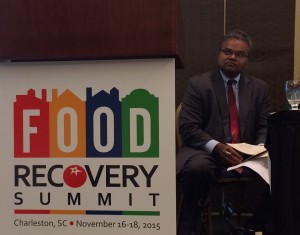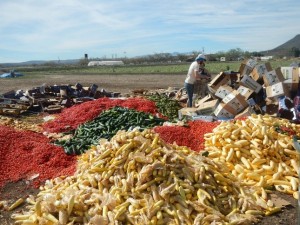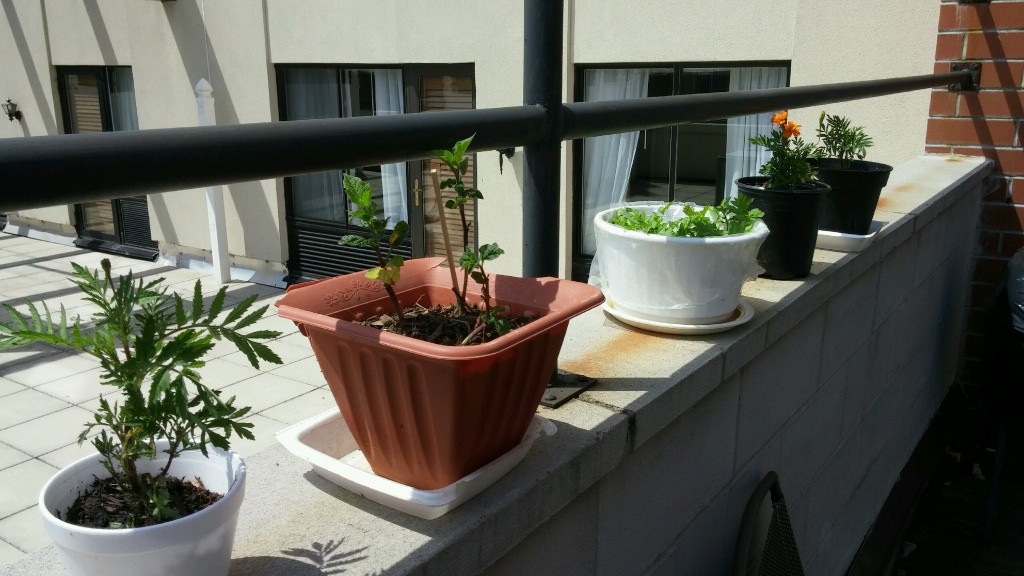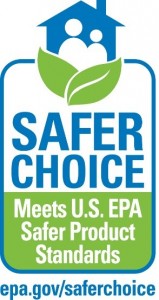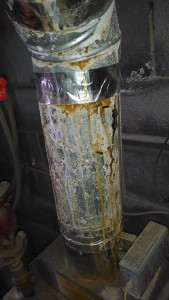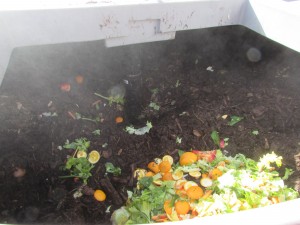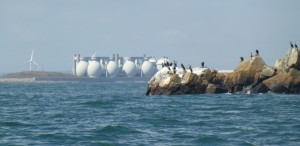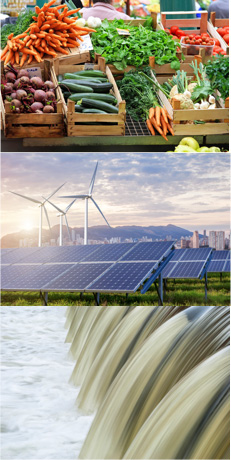Flying for the Holidays? Follow our Tips to Manage Your Carbon-Footprint Guilt
By Sophia Rini
I usually avoid travelling for the entire time between Thanksgiving and New Year’s. But occasionally it’s unavoidable. Despite taking public transportation to work every day, just one holiday season and it seems like I’ve undone all my good climate karma. The fact is that for those of us who aren’t lucky enough to have family nearby, sometimes flying is the only option. To help my fellow airborne travelers with their jumbo-jet sized guilt, I did some research on how to minimize our environmental impacts, even while travelling in the most un-ecofriendly of ways.
Although some of the suggestions below might seem small, since almost one-quarter of all travel occurs during the holiday season, if everyone followed them, the impacts would certainly add up.
Tips for decreasing the environmental impact of flying:
- Use electronic tickets whenever possible and save the unnecessary paper.
- Bring your own water, snacks etc. and pack them in reusable containers. Now that airlines charge for everything, this is both economically and environmentally smart. The last time I was at LaGuardia Airport, I was impressed by a water bottle refill station in one of the terminals. I hope these become more common in public places around the country.
- Travel light. Don’t bring disposable items or things that will become waste, ask your hosts where you’re going if you need to bring shampoo and other toiletries or if they will be able to share. Alternatively, divvy up the items with your travel companions – your partner can bring the toothpaste, no need for two tubes. Packing lighter means less fuel is used and less shoulder strain too. In addition, consider giving experiences or gift cards rather than lugging a pile of presents across the country.
- Go before you fly. Use the airport bathroom instead of the one on the plane. I read this tip on the Go Green Blog and though it sounds funny, according to them, the fuel for every mile-high flush could run a car for six miles.
- Decrease your emissions getting to and from the airport. Take public transportation or carpool.
- If you can, opt for non-stop flights and avoid flying on older, fuel-guzzling jets like first-generation 737s and MD-80s.
- Take direct flights. If you do have to stop over, try and have the layover be at an airport that supports recycling or other green initiatives. Chicago O’Hare recently installed an urban garden that is not only visually appealing, but also supplies vegetables to airport restaurants (just in case you didn’t follow tip #2 and forgot to bring your own snacks).
- Review which airlines are the greenest before purchasing your tickets.
- Consider participating in a carbon offsetting program. Find out your personal carbon footprint to determine how big an impact your regular lifestyle has on climate change. You can also calculate the extra amount your flight will add to your emissions and choose to offset the carbon dioxide. Carbon offsetting neutralizes the carbon emitted when you travel from point A to point B. Offsetting is performed by organizations that channel funds to carbon-reducing projects such as tree planting or solar panel installation. Remember to investigate the plan before you purchase: check how the donations are used, if the results are guaranteed, and if there is a seal of approval.
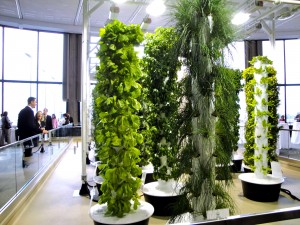
The urban garden at Chicago’s O’Hare International Airport provides vegetables to the airport restaurants.
Do you have any suggestions for decreasing the environmental impact of airline travel? Add your tips to the comments section.

